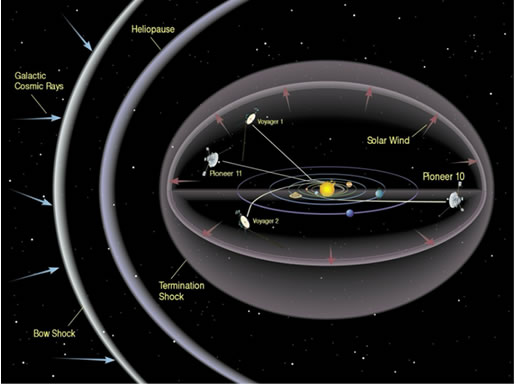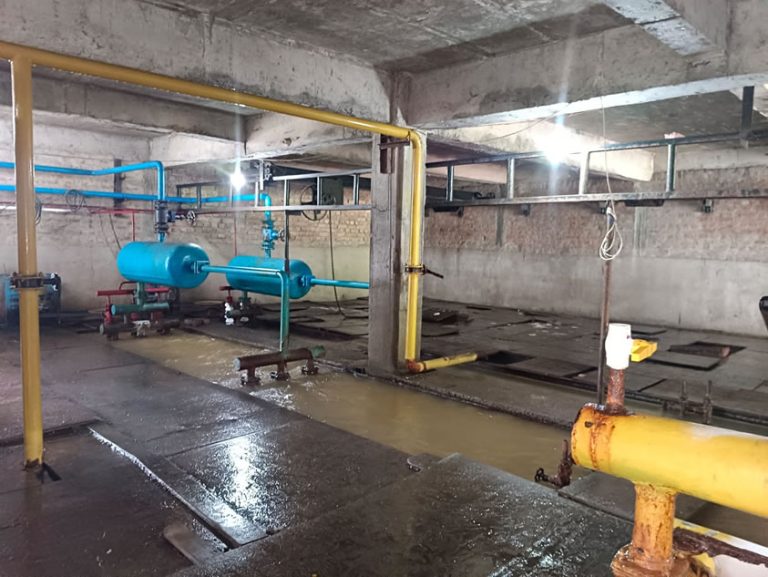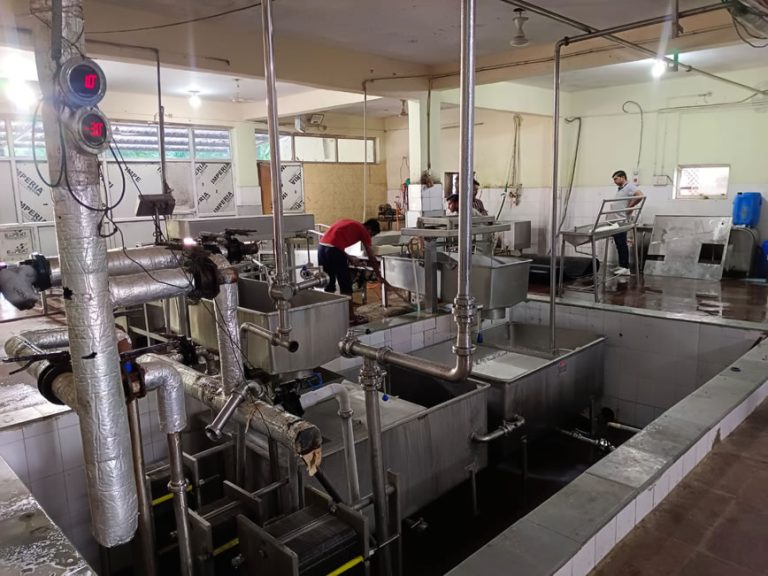
It might have sounded irrelevant, and I thought so myself until recently.
Amazon has just added its one-millionth robot to its workforce, joining 1.5 million human
employees around the world. At this scale, a dedicated Robot Relations and Deployment (RRD) team makes sense. In fact, Amazon recently told 350,000 human staff to either relocate as directed or resign, which clearly signals how seriously they are shifting toward automation.
Over the past ten years, Amazon has gone from zero robots to an almost 50-50 split between humans and robots. In the next five years, that balance could shift to roughly 25 percent humans and 75 percent robots. Meanwhile, sales, revenue, and profit have grown year over year for the last decade, even as the number of human employees has remained flat or declined over the past five years.
Today, Amazon ships about 5 billion packages per year, or 13 million per day. Divided among 2.5 million workers, that amounts to just over five packages per person each day. With deeper automation or fewer human employees, it is easy to see that this number could double to ten packages per worker per day.
Delivering around 9,000 packages every second with over 99 percent accuracy in selection and timing is not possible with humans alone. To achieve this, Amazon is overhauling its entire supply chain, automating vendors, suppliers, and delivery networks and using AI-driven data mining. At the center of this transformation is Sparrow, their advanced intelligent-robot system.

I believe every large corporation will have an RRD department within the next five years. It will be interesting to see how RRD operates. A few humans will share the boardroom with AI and will discuss:
1. Yearly appraisal
The performance of each robot model, their power consumption, breakdown time, and
the number of tasks they can perform.
2. Behavior
As AI-driven machines, robots will monitor data such as how often they fail to
understand commands and how well they integrate with other robots and with humans.
3. Deprecation
Just as humans age, robots become outdated; some will become obsolete when spare
parts are unavailable and will need upgrading or replacement.
4. Speed
How fast each robot model performs assigned tasks, including turnaround time,
productivity, and capacity.
The board will then decide whether to sell, replace, or refurbish older robots.
Robots will replace both existing robots and human workers. New robots capable of multiple tasks will continually arrive, reducing the total number of robots required. They will not need human operators, further shrinking the human workforce.
We can predict a future in which Amazon’s sales, revenue, and profit reach new highs. One day, Amazon may deliver 10 billion packages with a combined human and robot workforce of only one million. A consumer-driven market will increase competition and drive greater efficiency. New milestones will continue to emerge.
We used Amazon as an example because it is not just a technology company; it applies
technology across its products and its core industry.




